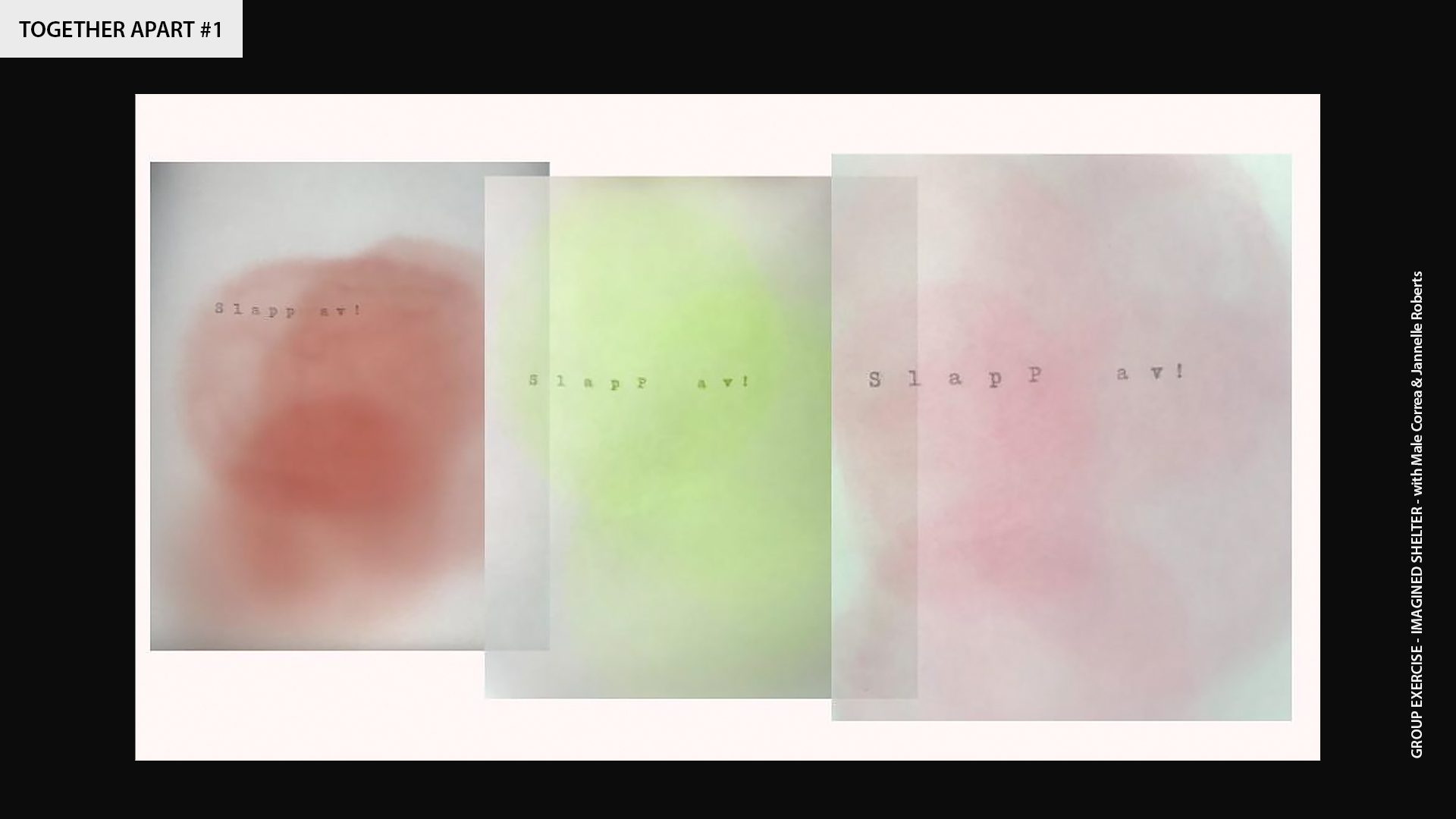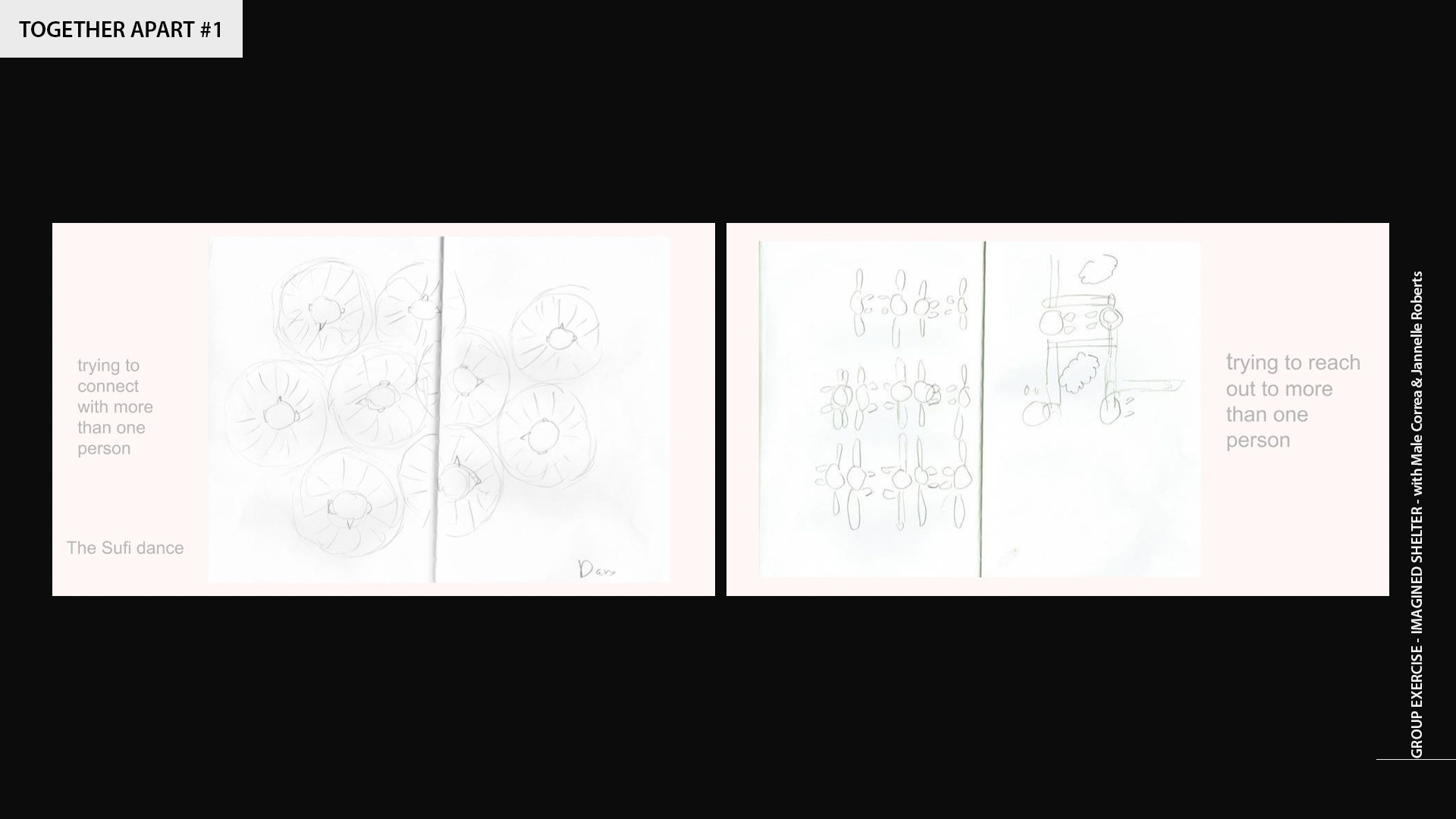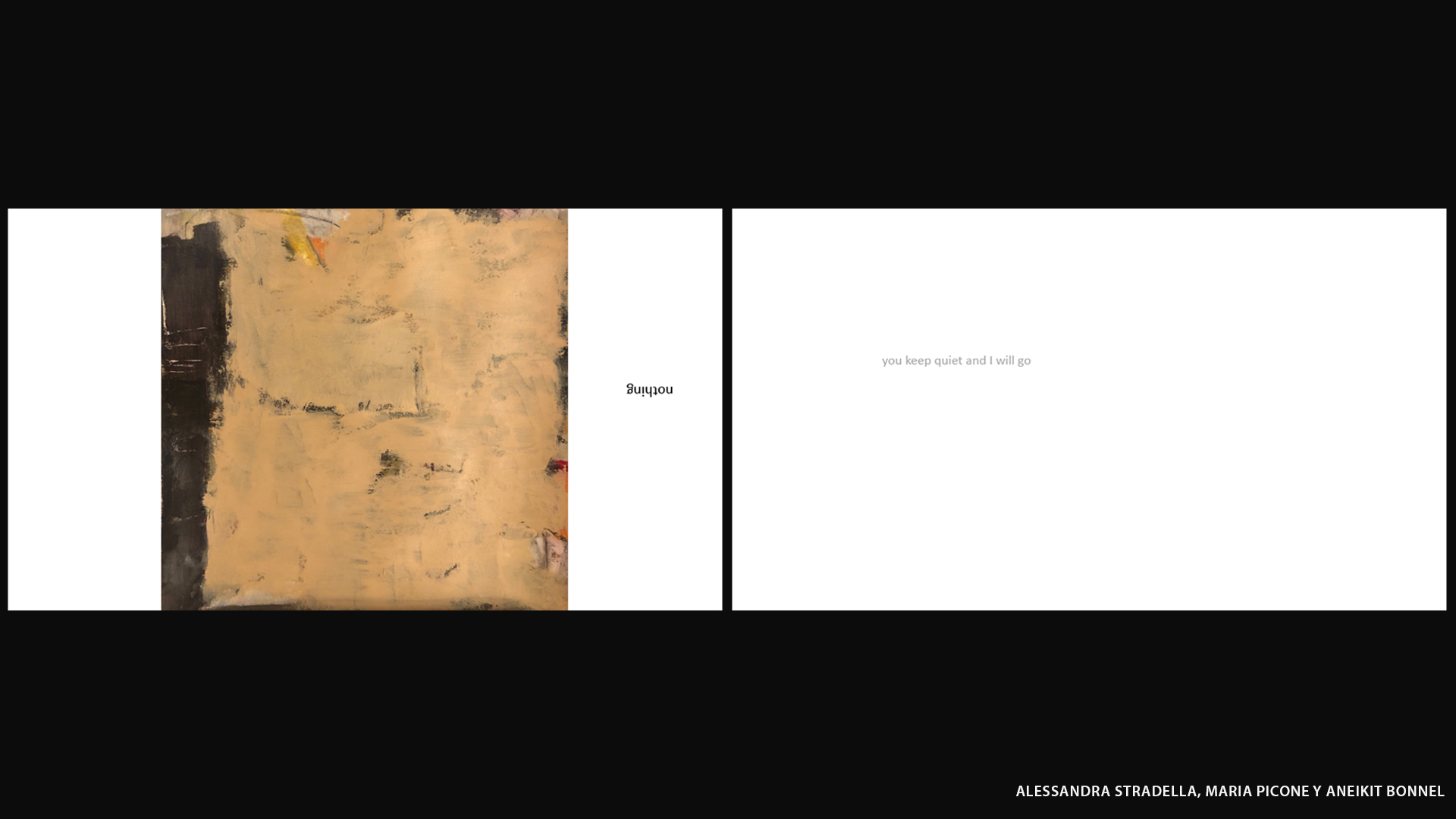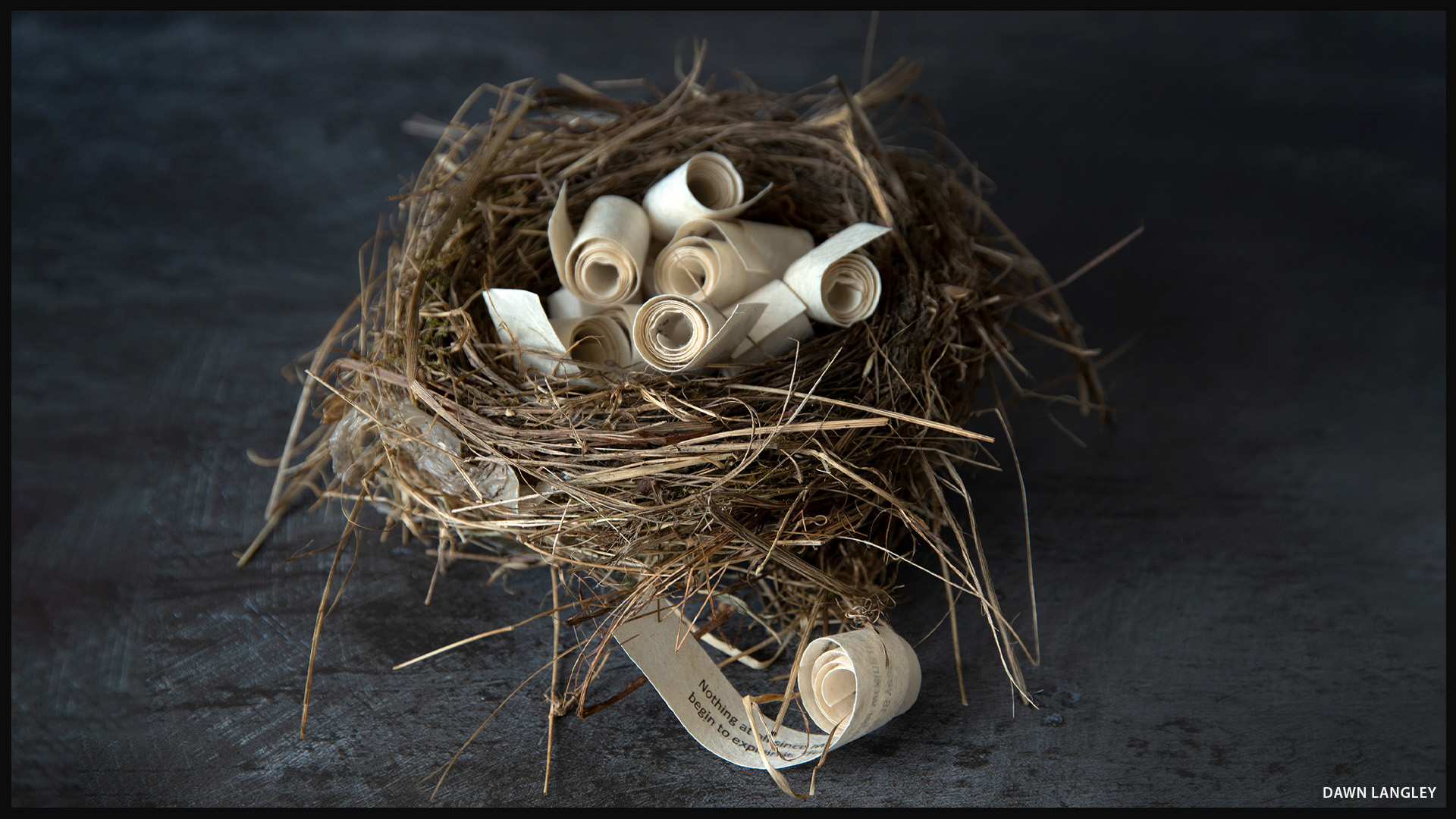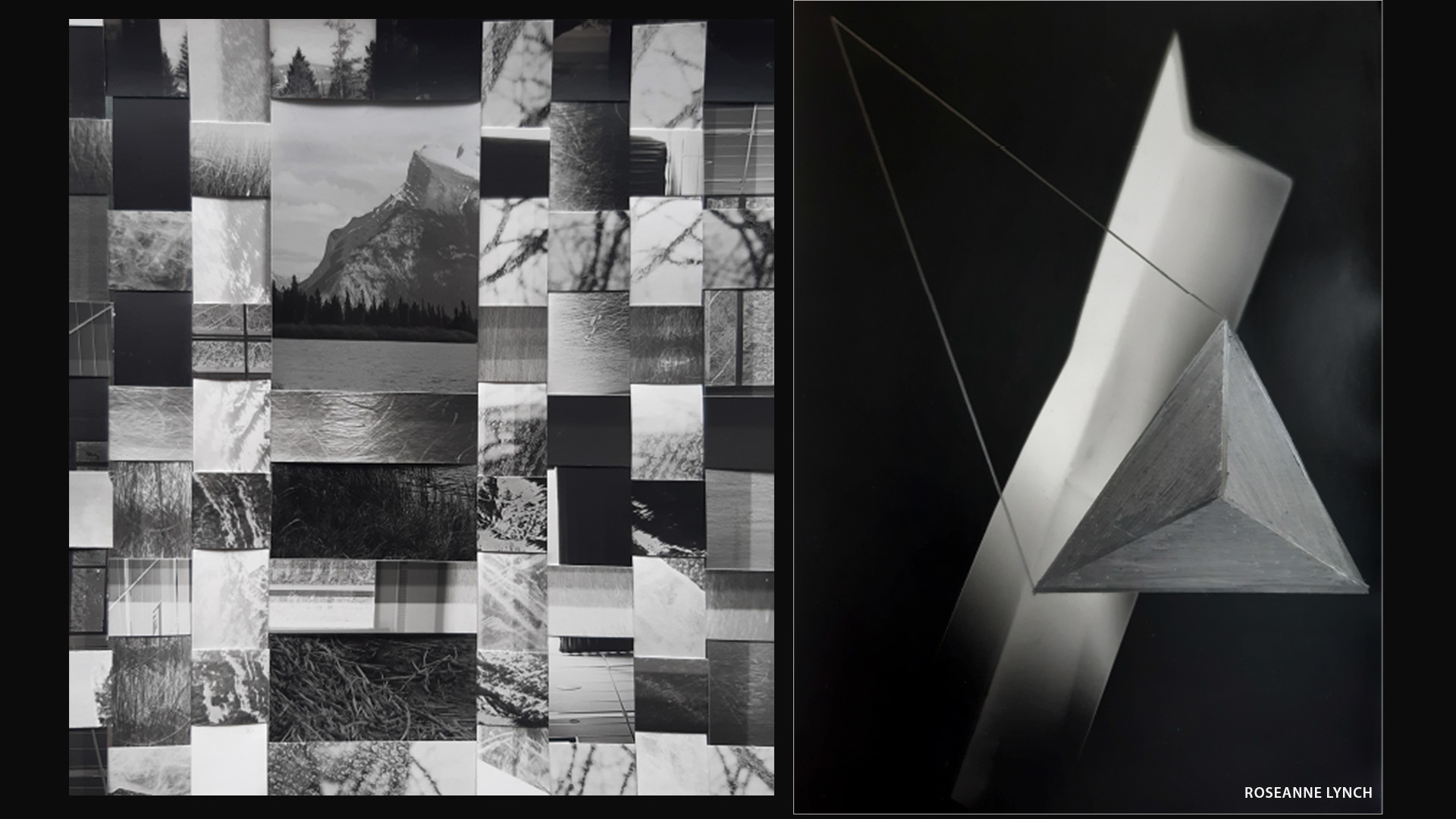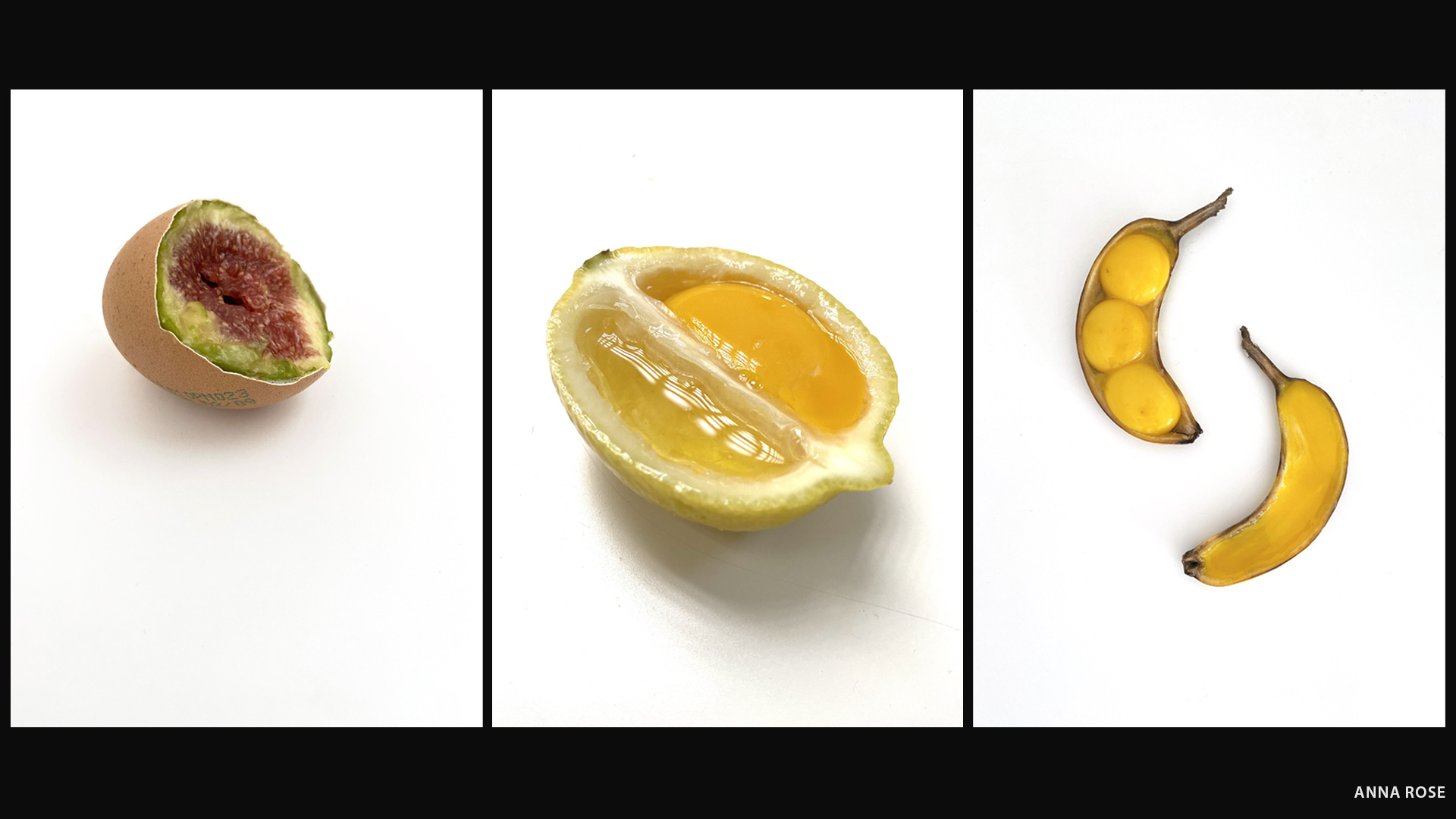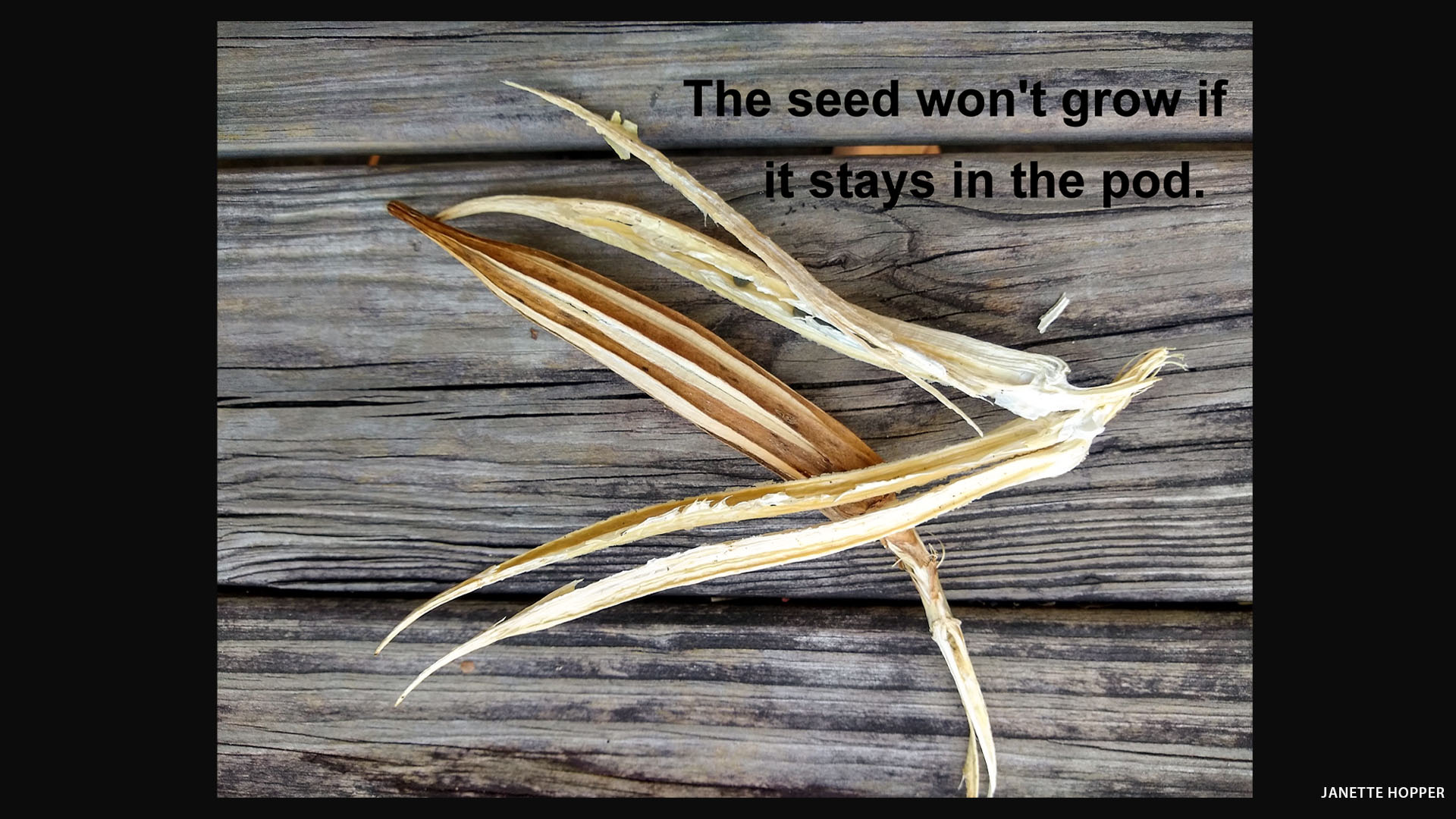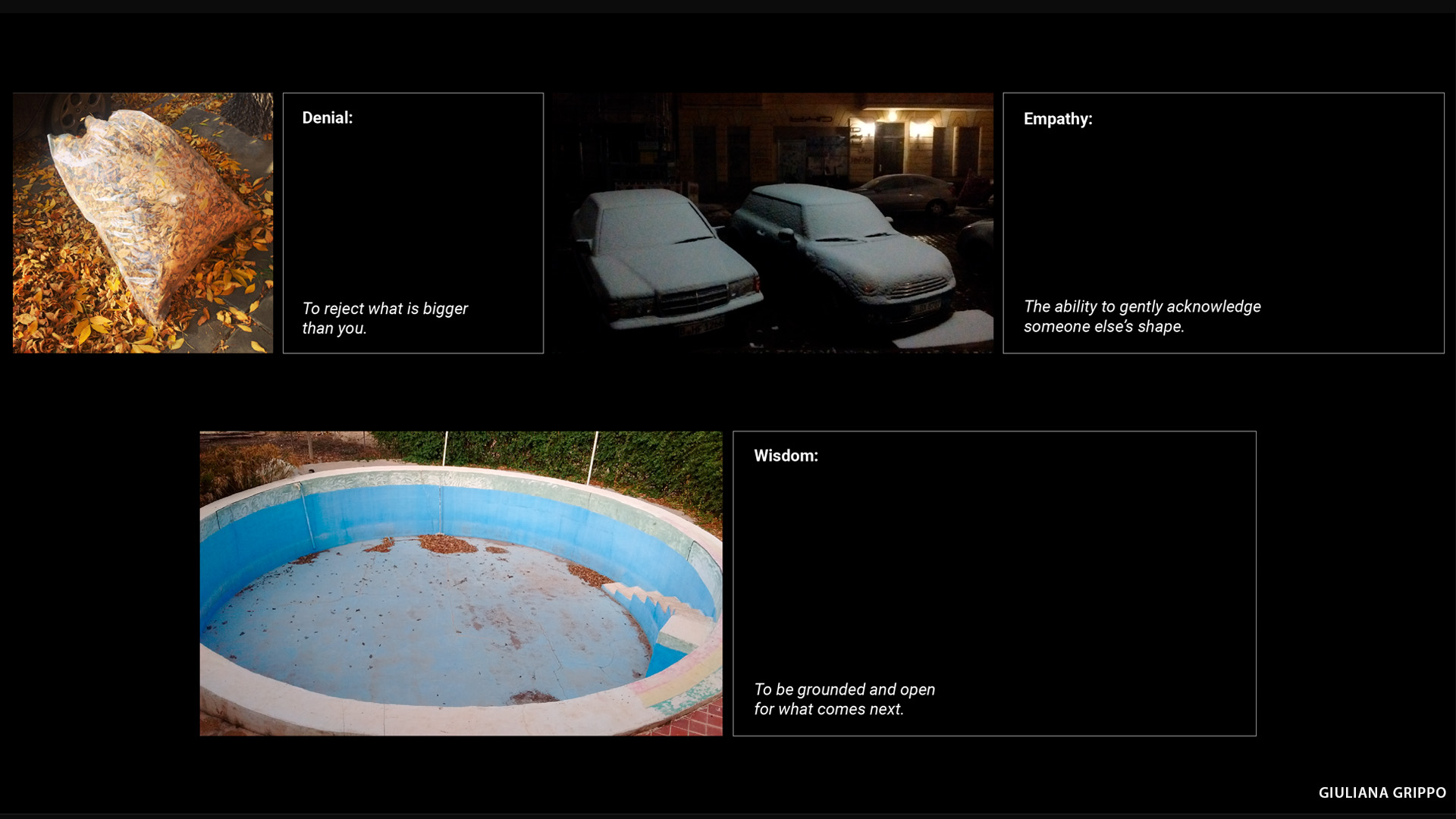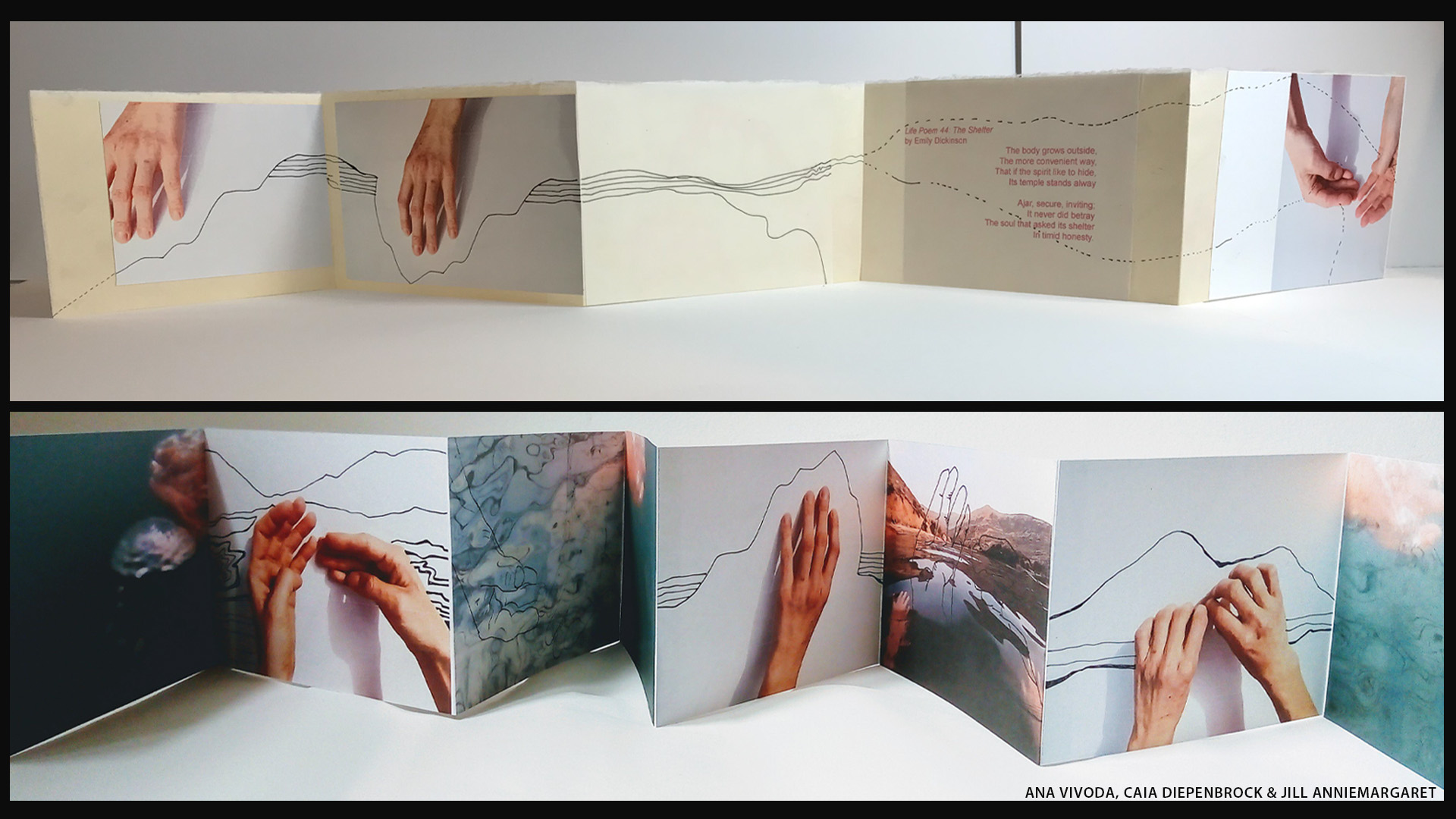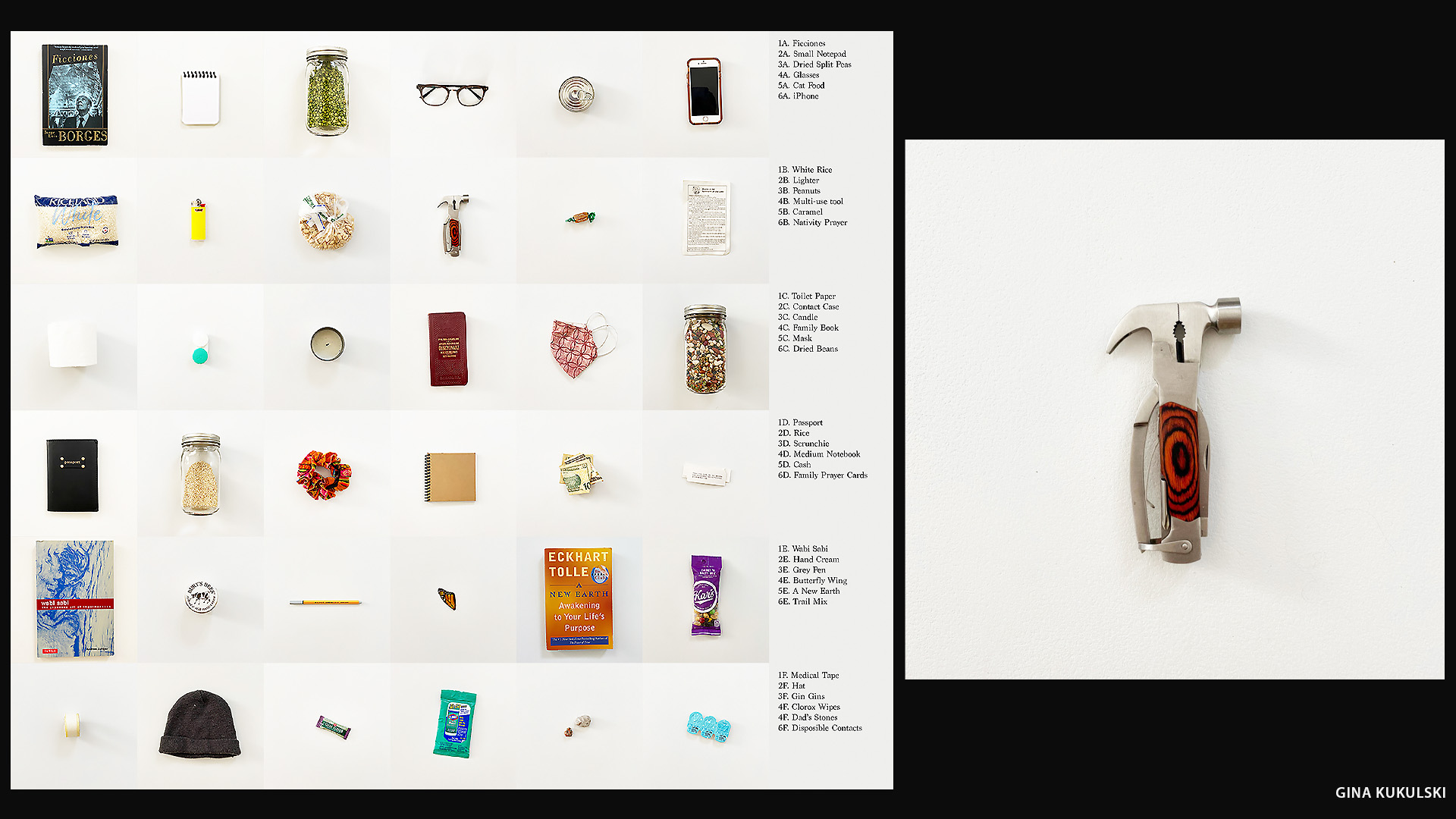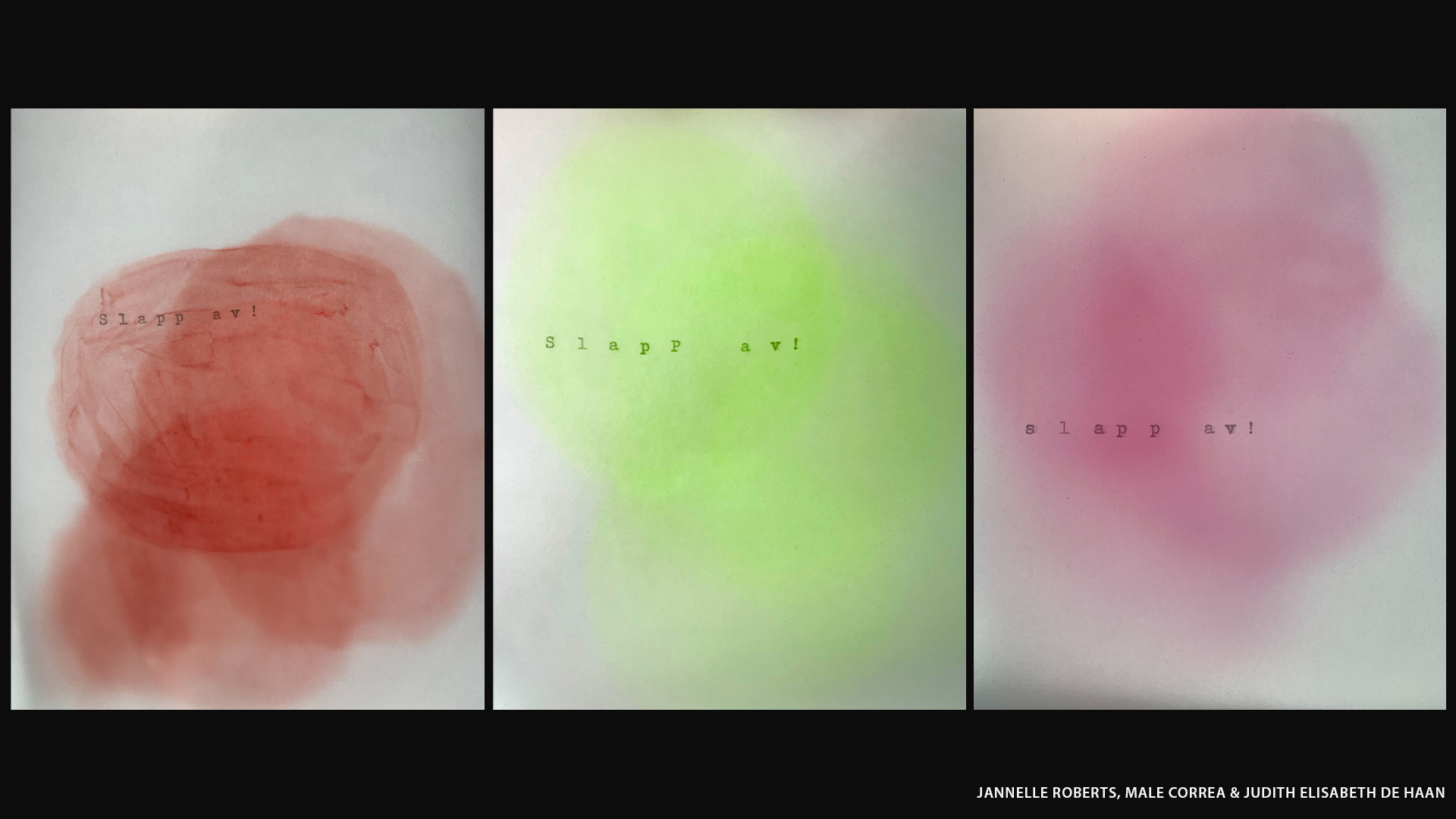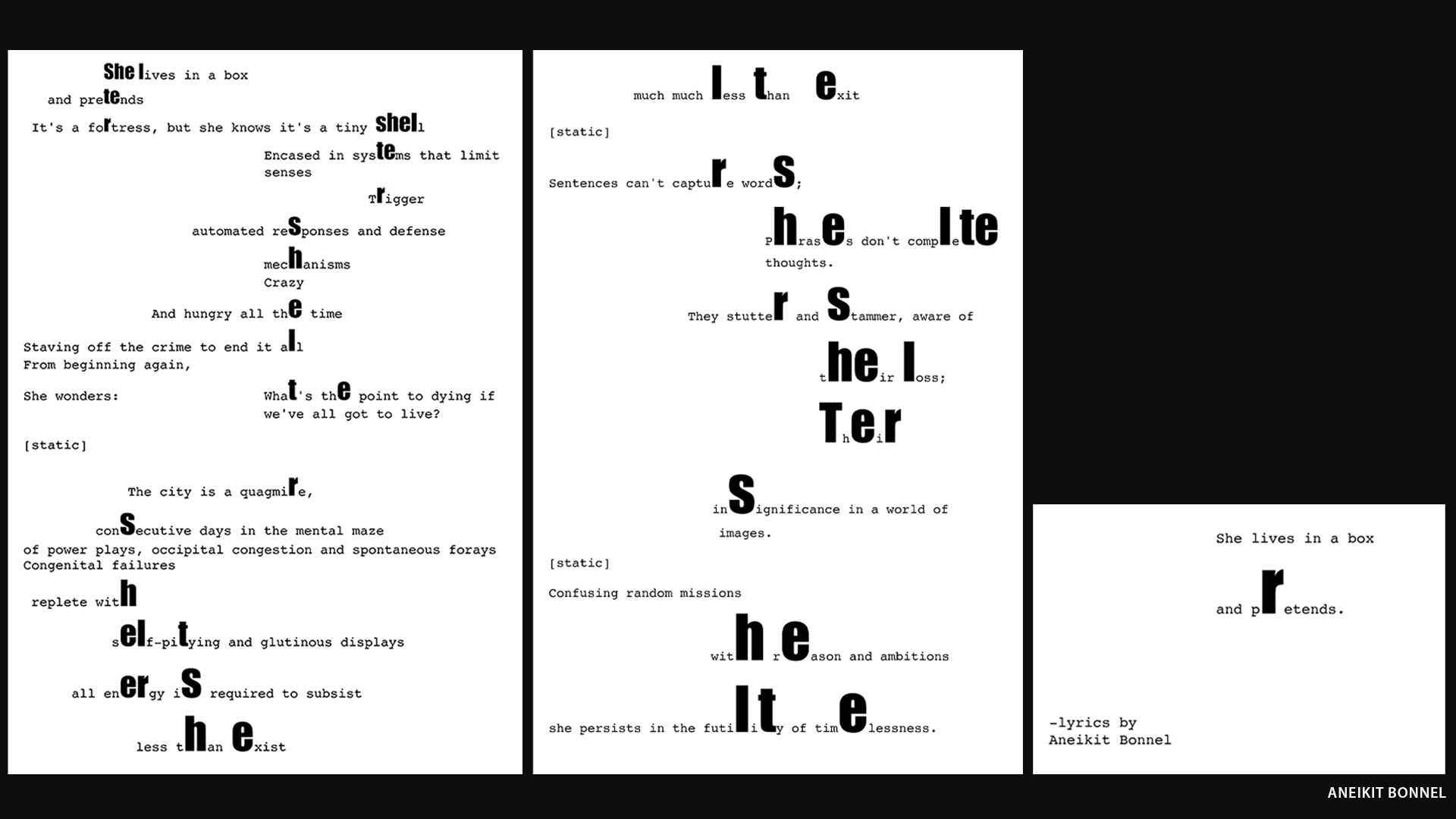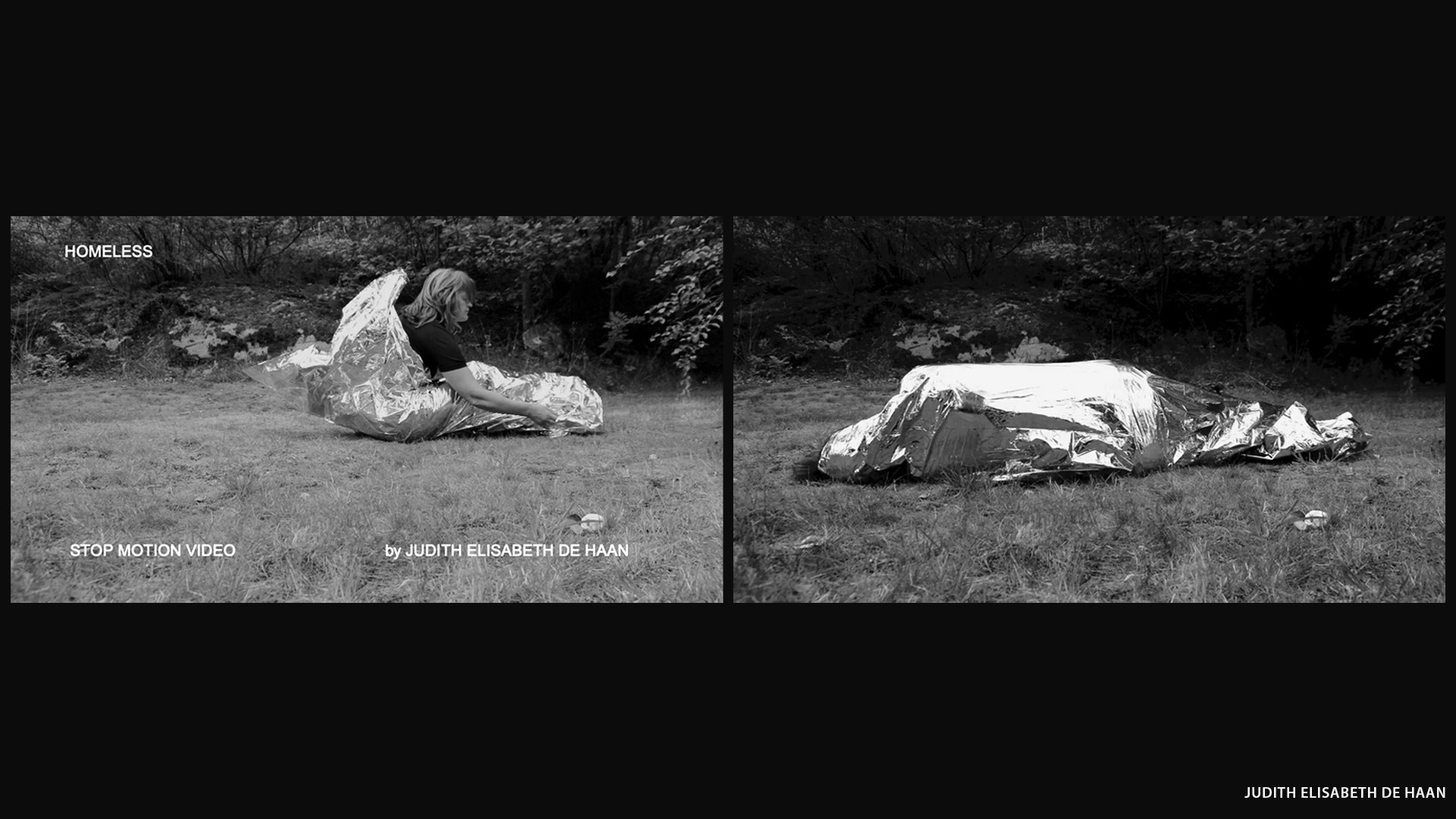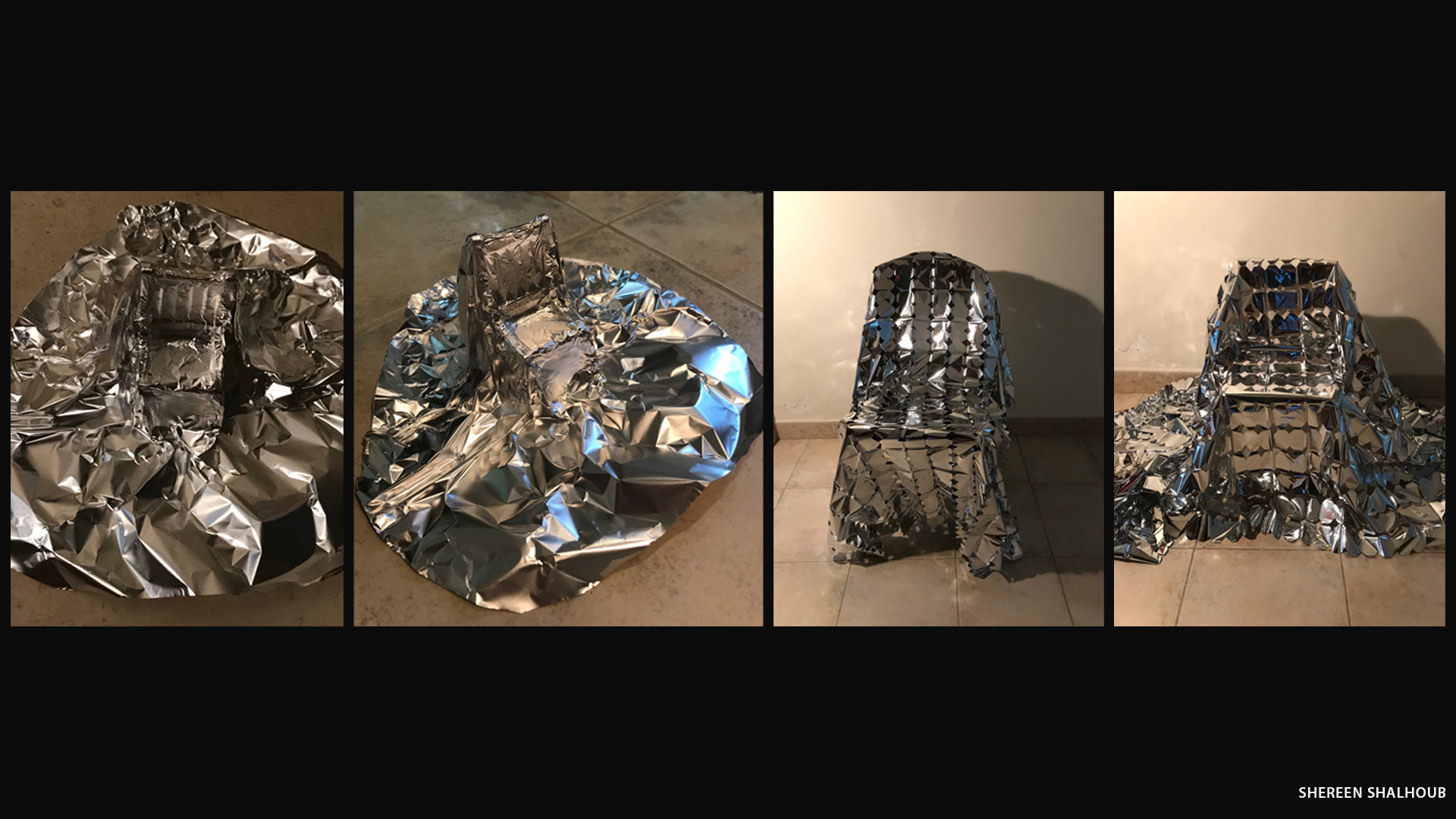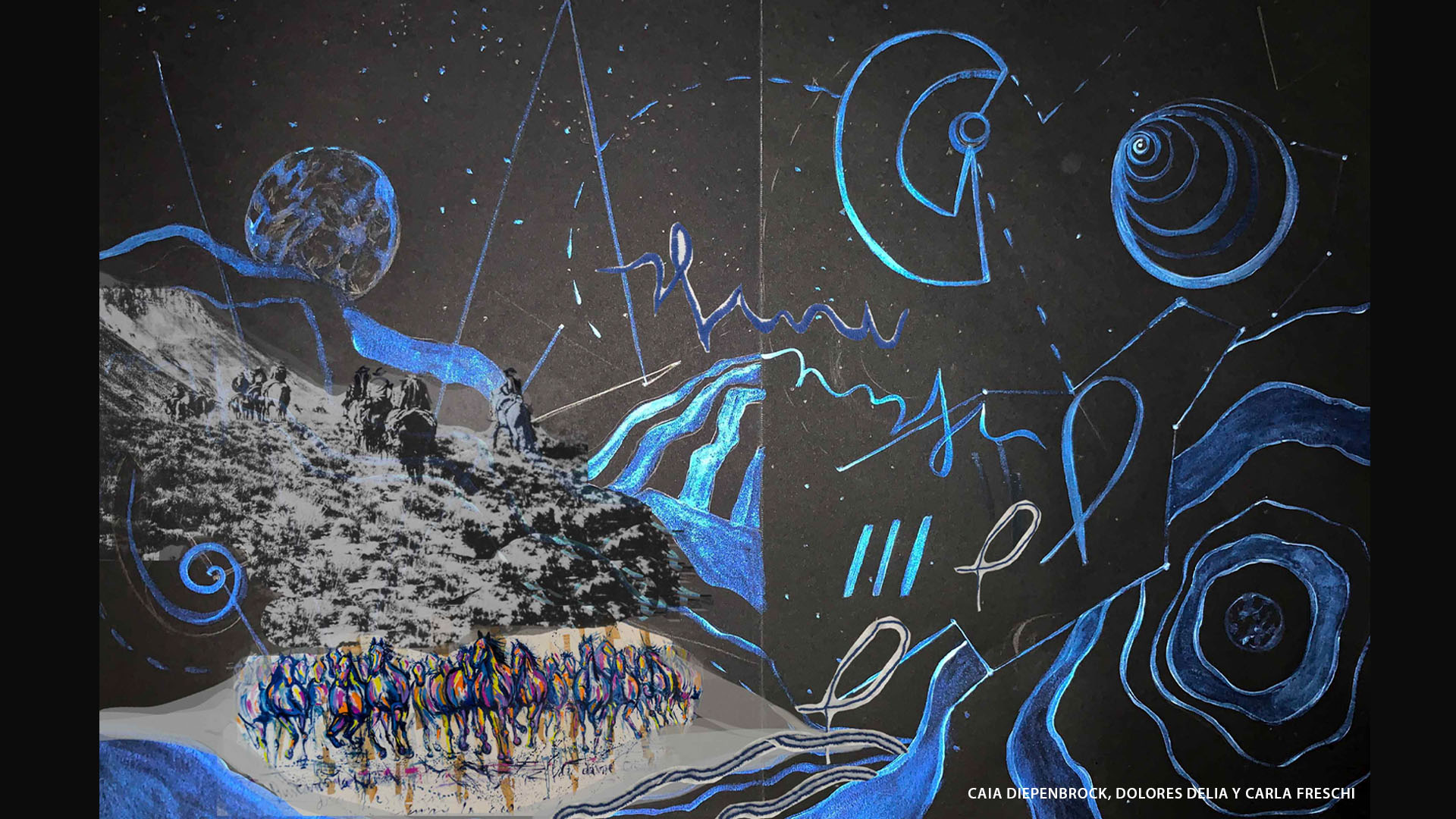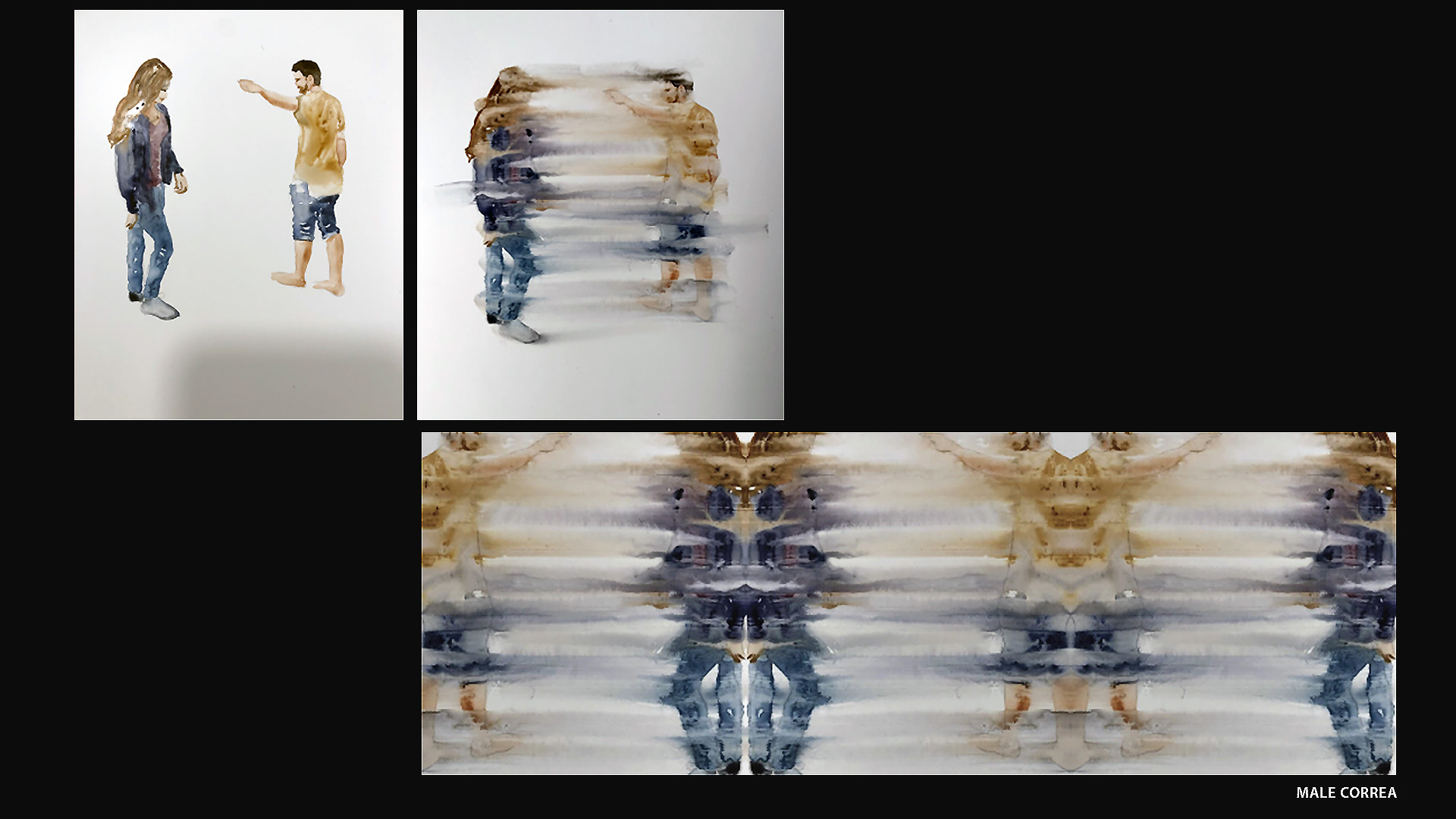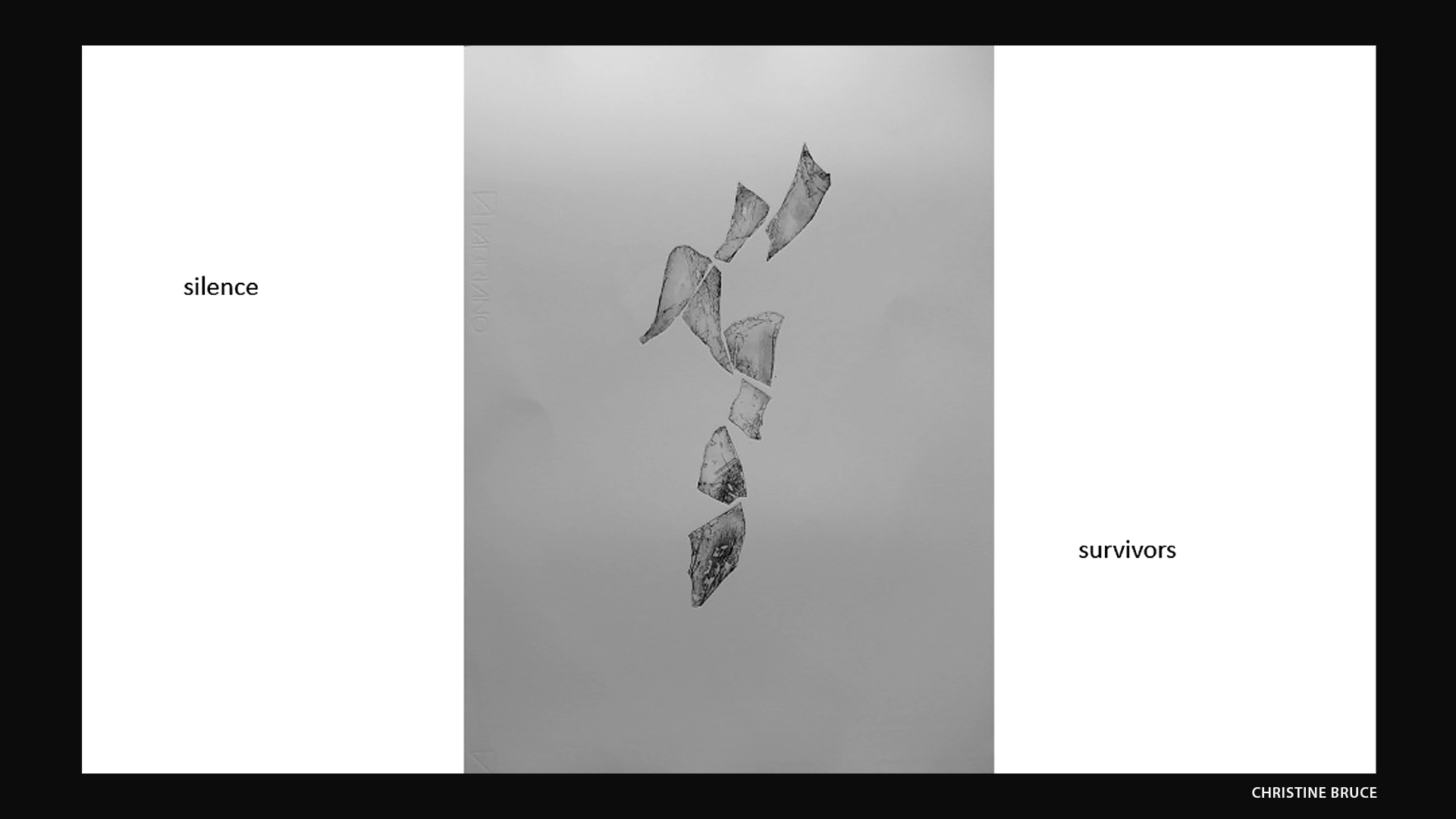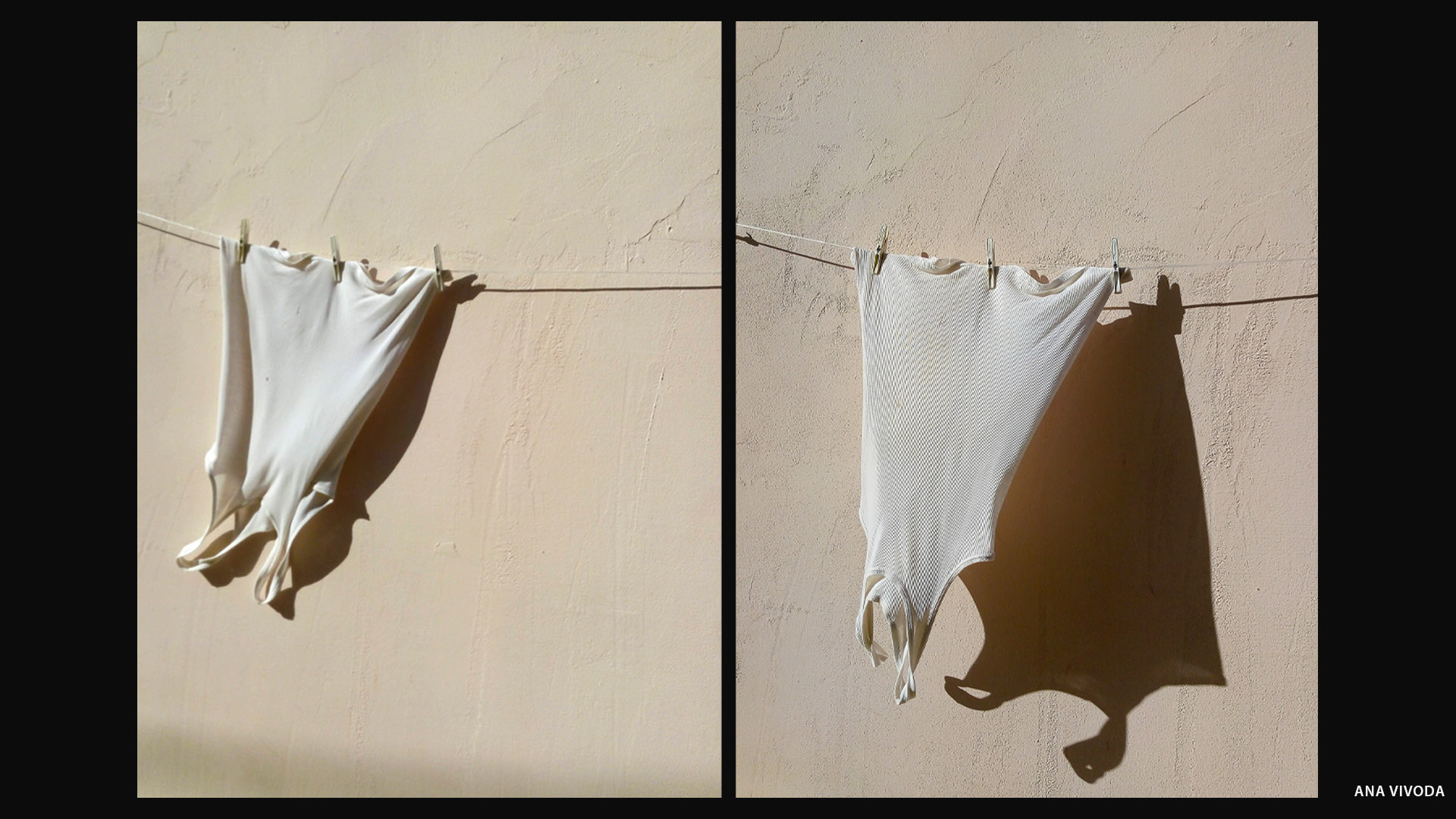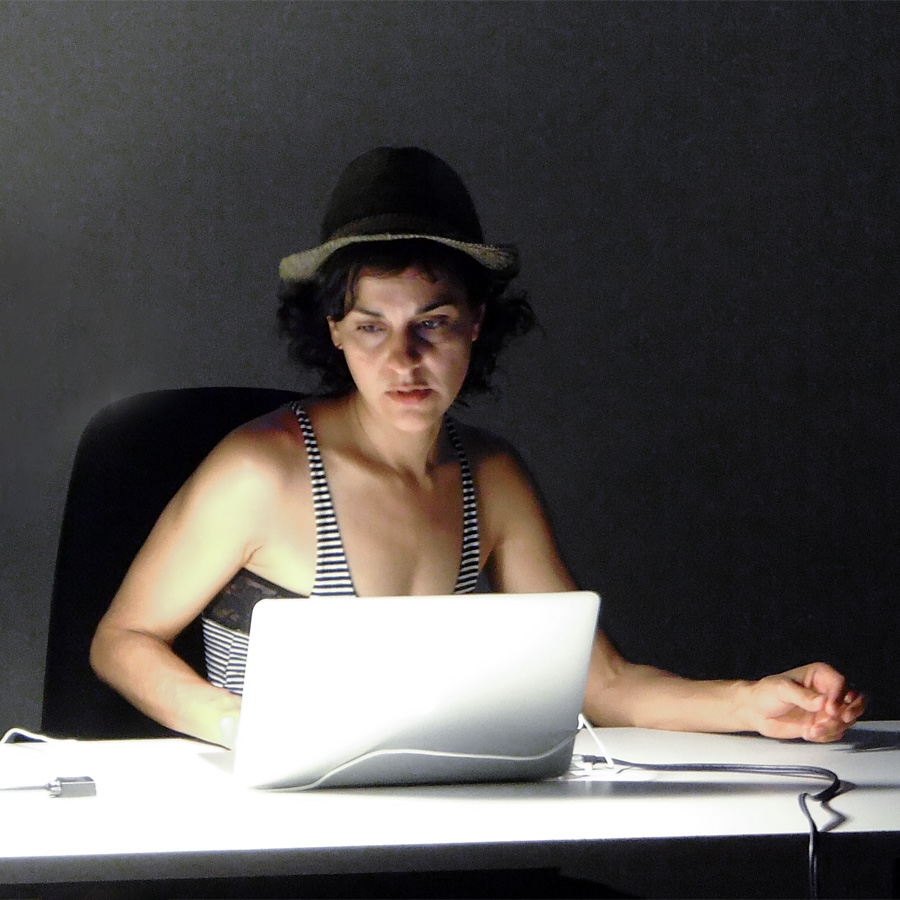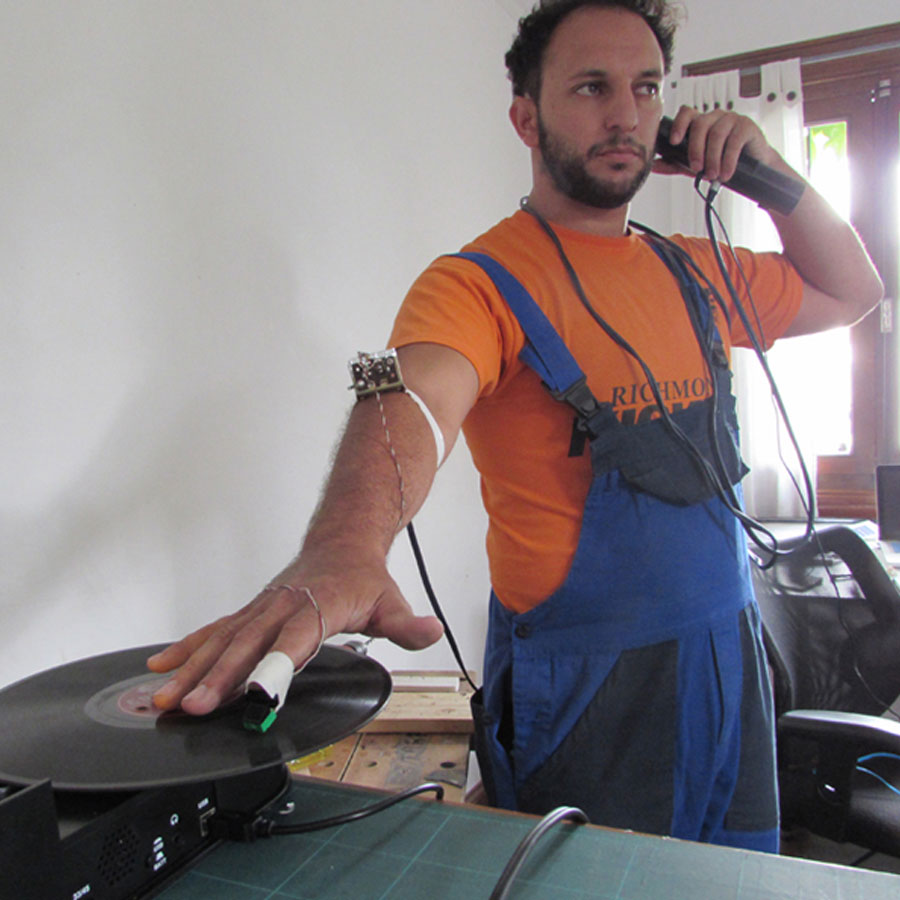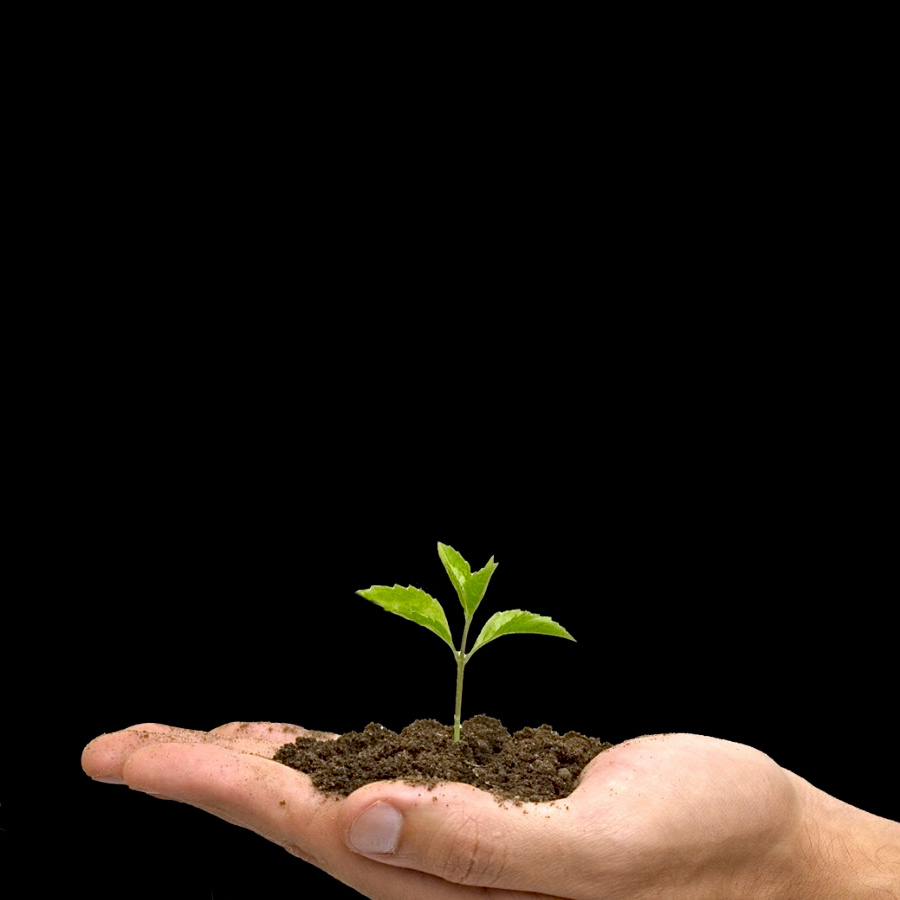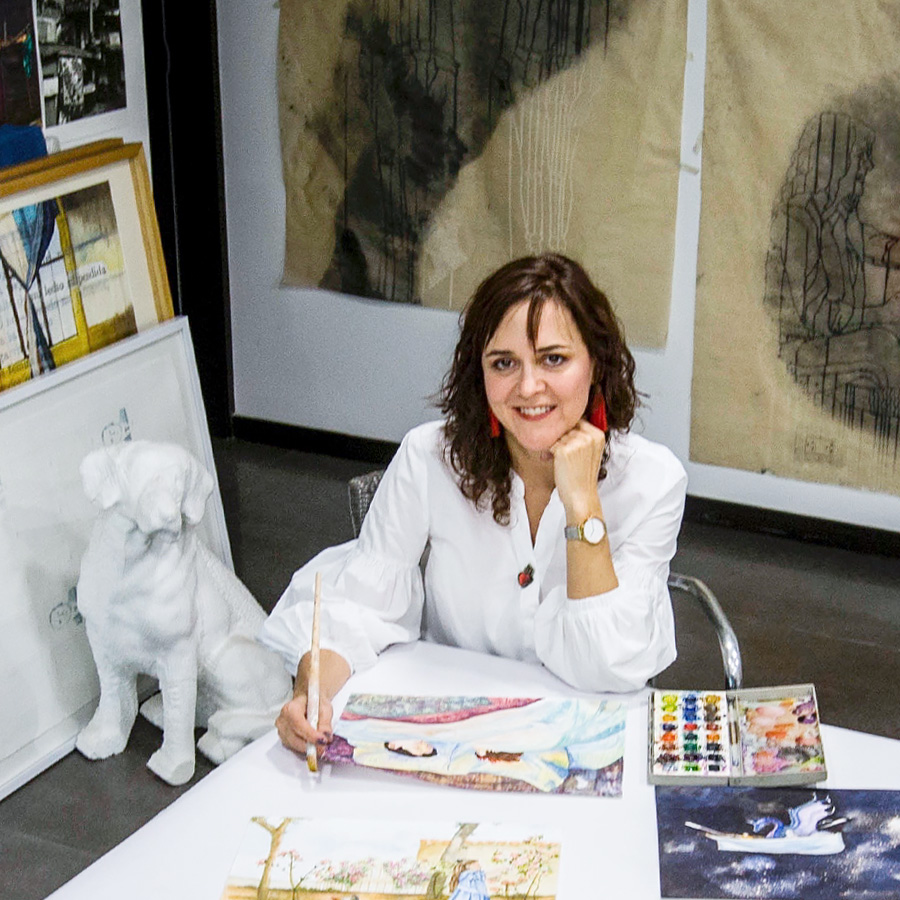Artists
Netherlands
Judith Elisabeth de Haan
Together Apart: #Shelter
19.08.20 09.09.20
Judith Elisabeth de Haan has lived and worked in the beautiful Hardangerfjord region of Norway since 2008. She is inspired by the overwhelming nature that surrounds her, but always seeks the human presence in connection with this environment. Her specialty is wood engraving and she carefully chooses the wood plates for printing. Often she sows them in pieces and clearly uses their wood grain in the print. “Judith’s work has an aesthetic purpose but her images also contain a message. It uses the life and problems of the local community to make prints that are both abstract and decorative. “(Terje Hauken, art historian, Norway).
In 2015, Judith was invited to participate in MI-LAB’s Advanced Program 2015, Mokuhanga Innovation Lab, Artist in Residence at Lake Kawaguchi in Japan. From this workshop, she uses both the Japanese woodcut technique (water-based on Japanese paper and with baren) and the Western one (oil-based on European press paper). The last 10 years Judith has also worked with several landscape projects in the region, all with the same theme “They have left their footprints”. The last one is from 2020, part of an Artwalk that is visited quite regularly. It’s called “Liberation” and it’s about the liberation of the parents.
JUDITH ABOUT TOGETHER APART: #SHELTER
Visualization with an emergency blanket; me, Aneikit and Shereen. After writing the first exercise on my experience with the homeless in Amsterdam, I had to think about how to visualize my feeling about the homeless and shelter. My refuge in Norway is the amazing beautiful nature and outdoor activity I do in it. When hiking and cross-country skiing, I always carry the aluminum foil “Emergency Blanket” with me. But in the 10 years that I have this pack, it has happily never been used. I never took it out of its package.
I make a movie by wrapping the aluminum foil around me. I take the photos in the film from positions that I visually like and that suit my emotion from the shelter and my story about the homeless. With those photos I return to make a stop-motion video. In the end I do it in black and white because then silver becomes the most present. The human body in the film is the most important element in the film; not the person in the foil, or the nature around. “It’s a matter of trust” – Erika Diettes.
As a starting point for our imaginary haven, Jannelle, Male and myself. Soft color palettes, dreams, soft curves, stillness and relaxation (avslappende in Norwegian) to feel protected. Trust, security, respect, give and receive, inhale and exhale the same air between 2 people. And after that also try to connect in the same reliable way with more than one person. This physically or by connecting by email and with the confidence and belief that the other person (s) on the other side will accept the message. And this with an incomprehensible message or in another language. “Slapp av!” That is our imaginary shelter!
BIO
Judith Elisabeth de Haan
1970 | Stadskanaal, The Netherlands
Lives since 2008 in Norheimsund, Hardanger, Norway
STUDIES
2016 | Advanced program, the Mokuhanga Innovation (MI-) Lab, Kawaguchiko, Japan
1995 | Bachelor, AKI Art Academy Enschede, The Netherlands
1991 | Bachelor, Architecture-Technical University Eindhoven, The Netherlands
EXHIBITIONS
2020 | Double Vision, IPEP International Print Exchange Program India, curated by Sitara Chowfla
2020 | City, Mokuhanga exhibition, Macau Woodblock Print Association, Macau
2018 | International Print Biennial, Cacak, Serbia
2018 | Poetic Landscape, print exhibition with Cheong Hoi I (Macao), IMPACT 10 -Encuentro-, C.C: Dr, Madrazo, Santander, Spain
2017 | Globalizing Mokuhanga, Donkey Mill Art Center, Holualoa, Hawaii Islands, USA
2015 | Mokuhanga International Exhibition, Tokyo University of the Arts, Japan
RESIDENCIES
2019 | Hardanger-Berlin husværet / Druckwerkstatt im Kulturwerk des BBK, Künstlerhaus Bethanien, Berlin, Germany
2010 til present | Mokuhanga / Printmaking coordinator and studio at AiR Arthouse Messen, Ålvik, Norway
2008 | Kvammalokk stipend, team up with Wim van den Toorn (guaranteed by Kvam municipality to travel and live in Kvam, Norway)
OTHERS
2020 – 2016 – 2014 | Mellom himmel og fjord, Landscape Art Project, Mælen, Norheimsund, Utne, Norway
2013 | Human roots, workshop and exhibition with Palestinian artists, Palestinian Association for Contemporary Art (PACA), Maritime museum, Norheimsund, Norway
Related Activities
Exhibitions, Together Apart
#1 | SHELTER: results
Artists in dialogue
16.12.20
During 2020, we carried out the first two sessions of Together Apart. The first session took as a conceptual and practical framework the REFUGE and the second, the NEST.
Through those starting points, both of which refer to caring atmospheres and structures for coexistence, we were able to think and create in a wide variety of directions and layers. We reflected on our pandemic context, a situation for which we had to find ourselves in the virtual non-space, but also a situation thanks to which people from many different countries were able to work simultaneously.
Assuming this complex situation, more than 20 participants per session created new pieces –some in exercise format–, took up projects that they had already worked on in the past or collectively set out to create new projects that will continue to develop beyond the scope of our meetings.
Taking these refuge and nest issues also in their complexity, we asked ourselves questions that made each of the participants involve their personal experiences, memory, memories and experiences from each of their territories. We addressed questions that sought to keep us in constant movement; at times we went through very optimistic or pessimistic visions about the possibility or necessity of having a shelter or a nest, and at other times, we were able to articulate more complex visions, enduring in intermediate and liminal states. For both, we took as a theoretical structure of support and dialogue the thought of Félix Guattari presented in The Three Ecologies (1989). His ethical-political approach that highlights the molecular domains of sensitivity, intelligence and desire, as well as his articulation of the three ecological registers (environment, social relations and human subjectivity), helped us to expand our creations and thoughts in relation to shelter and nest.
During the first session, when asked about the conditions that a refuge can have and the conditions that we would like a refuge to have, the artists (coincidentally and by chance, we had a cohort one hundred percent comprised of women) generated sculptural pieces, artists’ books, photographs, videos, dance pieces and more, reflecting on the permeability or isolation structures that a shelter can have. Also, many artists started from their bodily memories to refer to the refuge and made improvisation and performance pieces. We created in relation to the refuge conditions presented by nature and the refuges that we create to protect ourselves from certain natural conditions. Memory as a refuge and shelters for memory also arose through textile practices or from the use of jewelry or objects with which we build links. Finally, the bonds and the community as spaces that shelter and spaces that imply care was another of the axes that we explored through pieces that included readings of texts and sound activations.
Together Apart has functioned as a program that opened up possibilities for meeting and collaborative creation. It has made possible the creation of new rhythms and synchronies for a limited time but whose reverberations and echoes continue to affect in unexpected directions.
Daniela Ruiz Moreno (curator-in-residency)
Related artists
- Alessandra Stradella
- Ana Vivoda
- Aneikit Bonnel
- Anna Rose
- Ariana Pirela Sánchez
- Caia Diepenbrock
- Carla Freschi
- Christine Bruce
- Dawn Langley
- Dolores Delia
- Gina Kukulski
- Giuliana Grippo
- Janette Hopper
- Jannelle Roberts
- Jill AnnieMargaret
- Judith Elisabeth de Haan
- Male Correa
- Roseanne Lynch
- Sara Minsky
- Shereen Shalhoub
